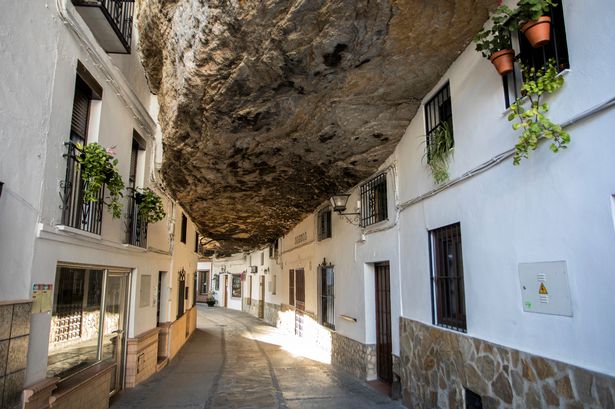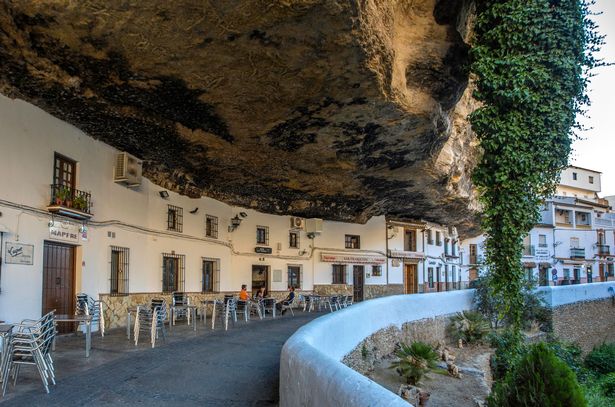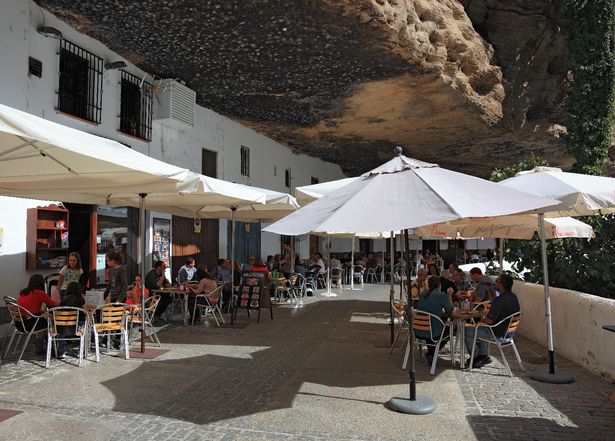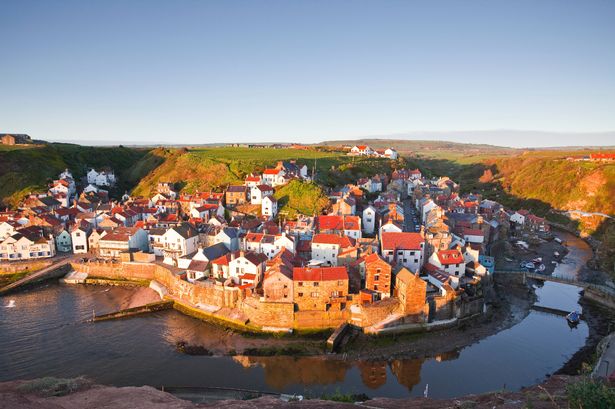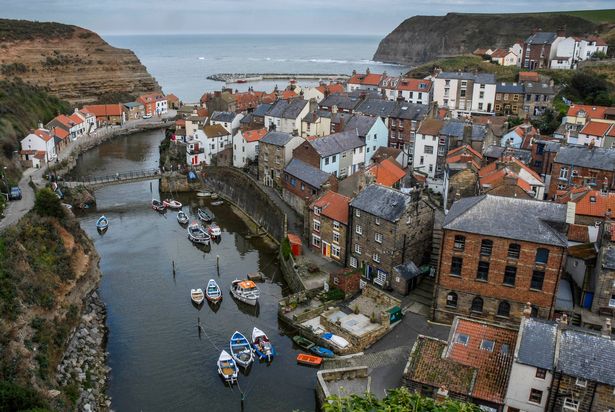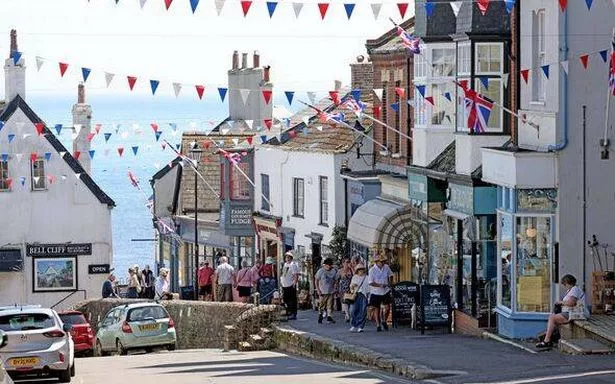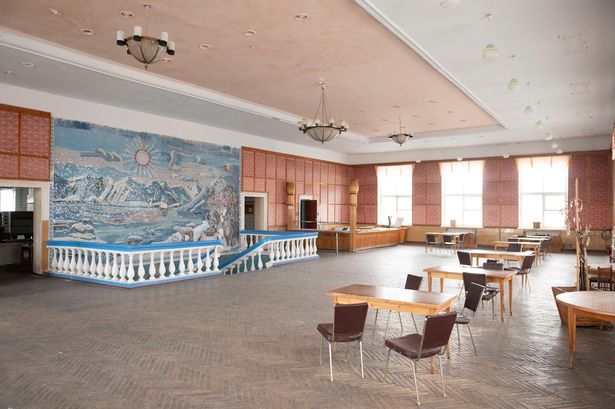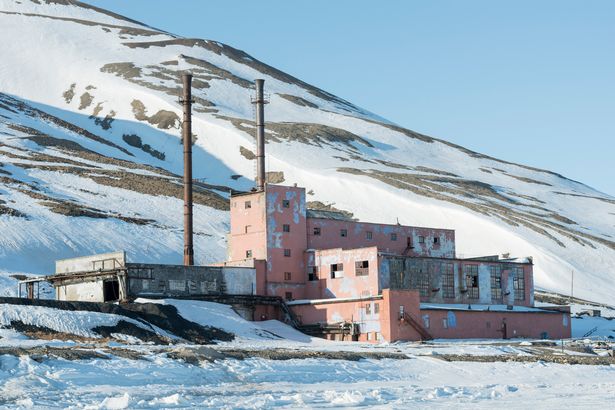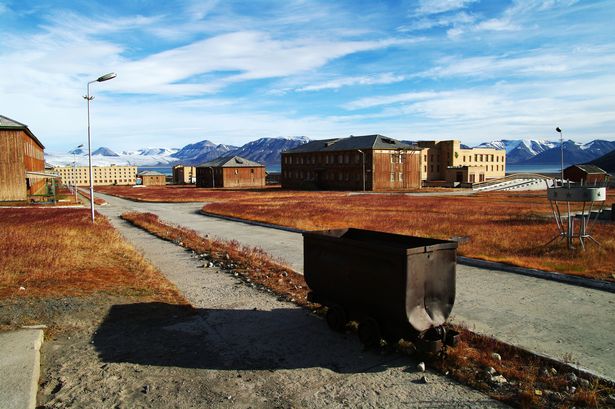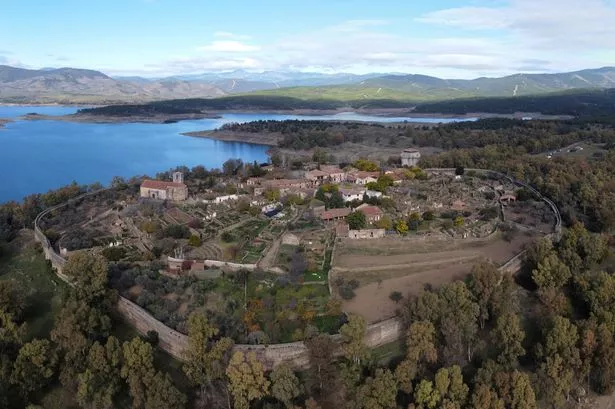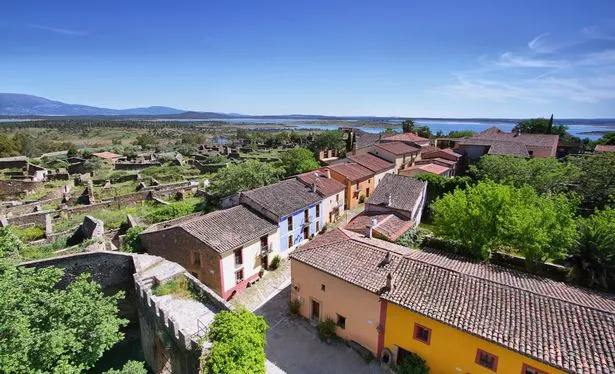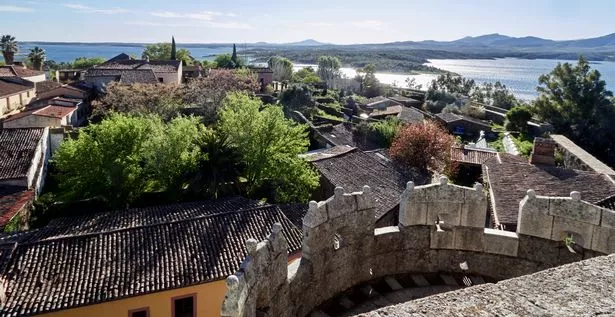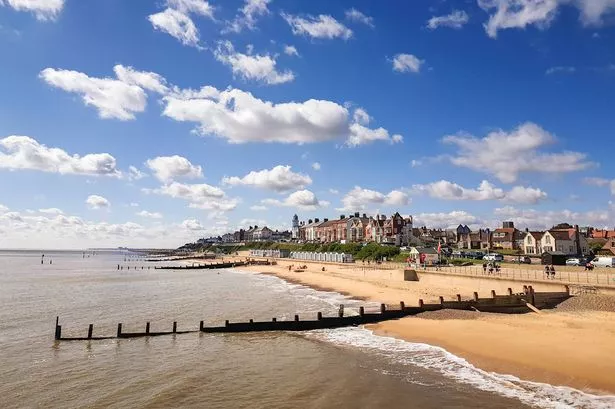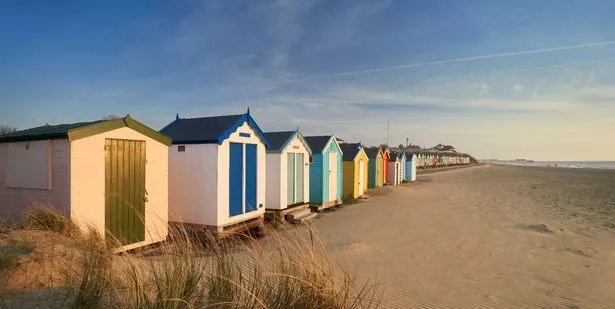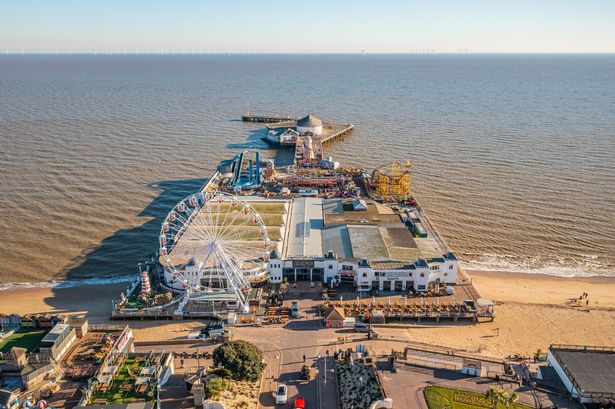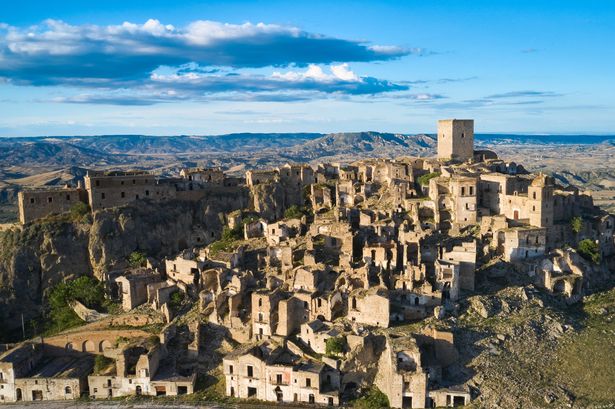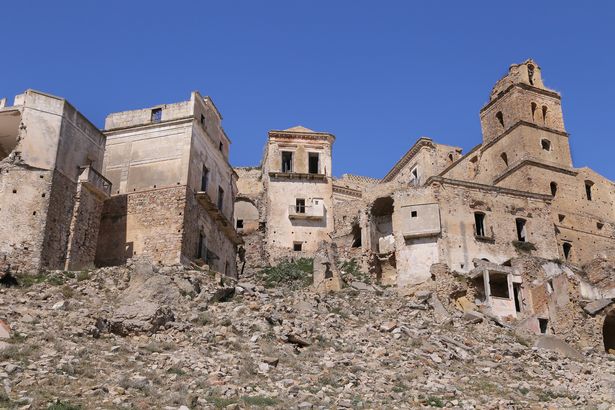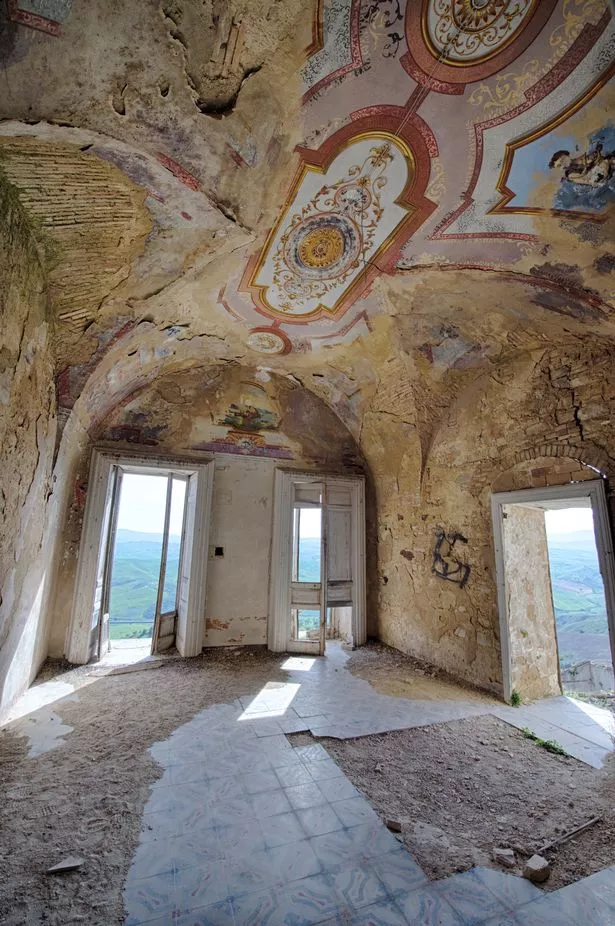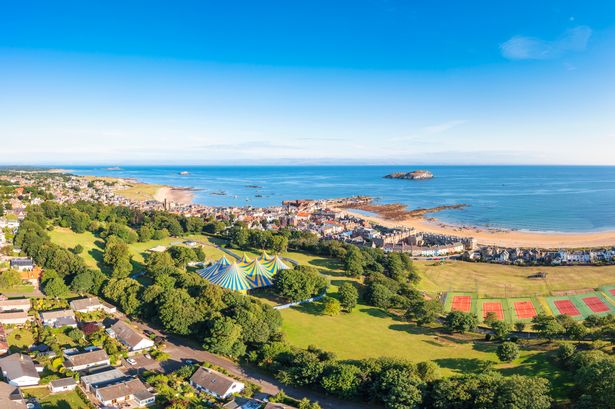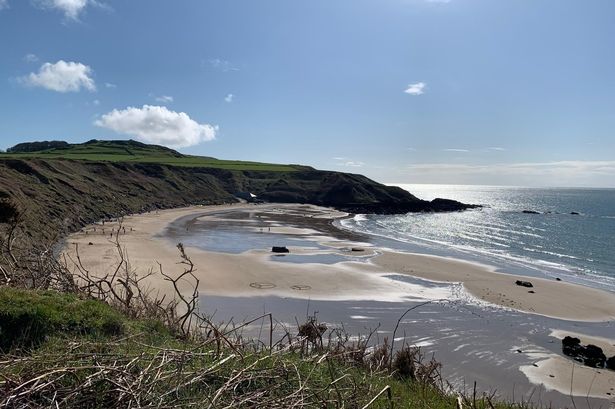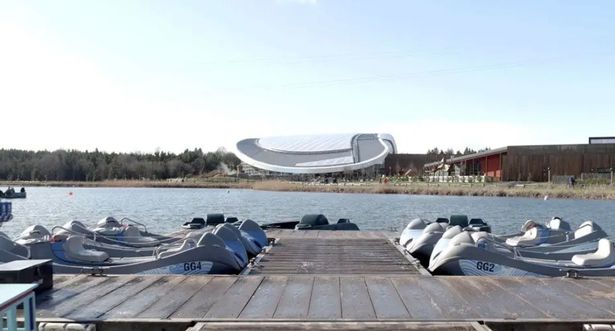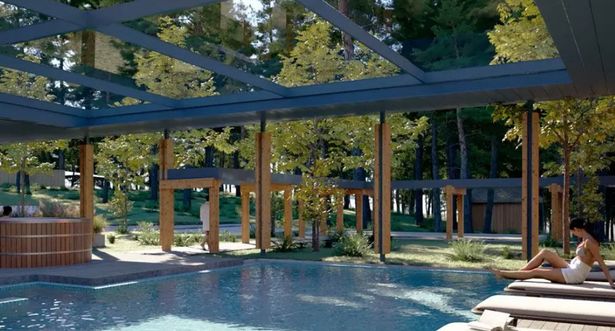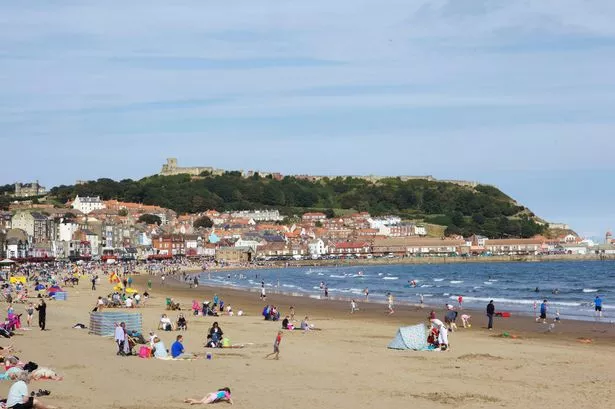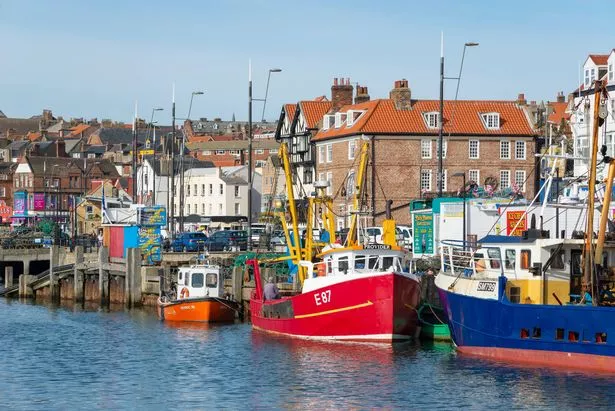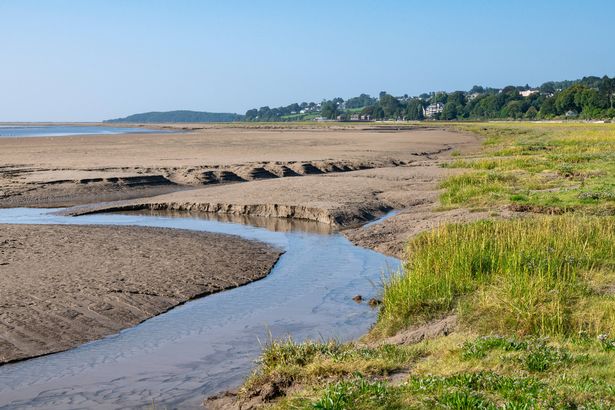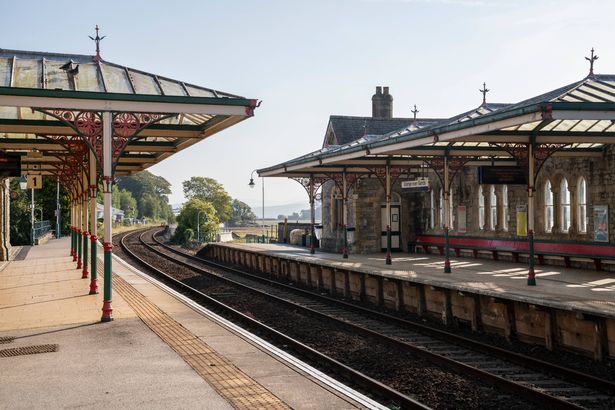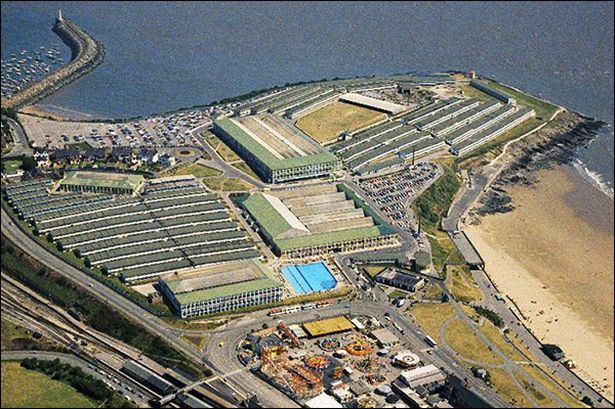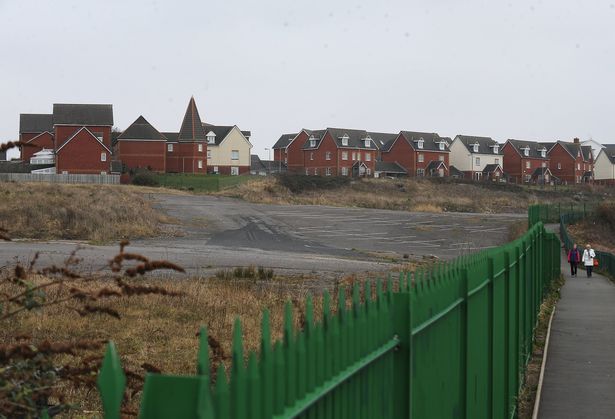Setenil de las Bodegas is a stunning Andalusian town where whitewashed homes are built into cliffs – offering history, charm, and unforgettable Spanish scenery
Spain has long been a favourite holiday destination for British travellers, with sun-drenched beaches, vibrant cities, and rich culture drawing millions of visitors each year. Yet, for all the allure of hotspots like Barcelona, the Costa del Sol, and the Balearic Islands, many tourists tend to flock to the same familiar places, often overlooking the country’s lesser-known treasures.
One of the most enchanting – and often missed – regions is Andalusia, a diverse and culturally rich area in southern Spain. While iconic cities such as Seville, Granada, and Malaga attract much of the attention, Andalusia hides within its vast and varied landscape a collection of charming, off-the-beaten-track towns that offer something truly extraordinary.
READ MORE: Urgent warning to tourists at UK beauty spot over common ritual
Setenil de las Bodegas is one such hidden gem. Nestled in the province of Cádiz, roughly equidistant between Seville and Malaga, this small but unforgettable town has been voted one of the most beautiful in all of Spain. And for good reason – Setenil’s claim to fame is its jaw-dropping integration with nature: it is literally built into the side of a cliff.
Locally known as “abrigos bajo las rocas”, or “shelters beneath the rocks”, Setenil’s whitewashed homes are carved directly into massive rock overhangs, creating surreal, shaded streets where stone ceilings loom above you like giant natural canopies. Some streets even feel as though the sky has been replaced with solid rock – a surreal and awe-inspiring sight that leaves visitors speechless.
This unusual construction isn’t just for show – it’s also functional. The rock naturally insulates the houses, keeping them warm in winter and cool in summer. It’s an ingenious example of architecture working in harmony with the landscape, and it’s one of the most photogenic towns in the region.
Despite its global appeal, Setenil is still home to a modest population of around 3,000 people, giving it an authentic, laid-back feel. But don’t be fooled by its quiet charm – this place has a deep and fascinating history.
The name Setenil de las Bodegas has historical roots that go back centuries. “Setenil” is believed to come from the Latin phrase “Septem Nihil”, meaning “seven times nothing.” It refers to the town’s legendary resistance during the Reconquista, the Christian reconquest of Spain from Muslim rule. According to legend, it took the Christians seven attempts and fifteen days to capture Setenil’s fortress, the Nazari castle, perched above the town.
The second part of the name, “de las Bodegas”, translates to “of the wineries,” a nod to the town’s once-thriving wine industry. While vineyards are less prominent today, the area remains renowned for its local almonds, olives, and olive oil, thanks to the rolling fields of olive trees and fertile surrounding land.
READ MORE: ‘I made one change to my meals and lost weight, felt fuller and cut down my caffeine’
Although Setenil feels worlds away from the tourist trail, it’s relatively easy to reach. The nearest major airport is Malaga, which offers extensive international connections. From there, the drive takes about 1.5 hours. Alternatively, the smaller Jerez Airport is closer but mostly serves domestic flights. If you’re planning to visit nearby Ronda, another famous white town perched dramatically on a cliff, Setenil is just 30 minutes away by car.
Hiring a car is highly recommended—not just for convenience, but because the drive itself is part of the experience. The route from Olvera to Setenil is particularly stunning, winding through sunflower fields, rolling hills, and endless groves of olive trees. The scenic countryside alone makes the trip worthwhile.
While Setenil can be explored in a day, many travellers choose to stay overnight in one of the charming guesthouses or cave-style homes available on platforms like Airbnb. Dining under the rock-covered streets – especially in one of the local tapas bars or cafés – is an experience you won’t find anywhere else in the world.
In an age where travel is often about seeking the extraordinary, Setenil de las Bodegas offers exactly that. It’s a place where history, nature, and human ingenuity blend seamlessly into a setting so unique, it feels almost otherworldly.
So if you’re planning your next trip to Spain and looking to go beyond the usual suspects, skip the crowds and take a detour to Setenil – one of Andalusia’s best-kept secrets, and truly one of Spain’s most spectacular small towns.
